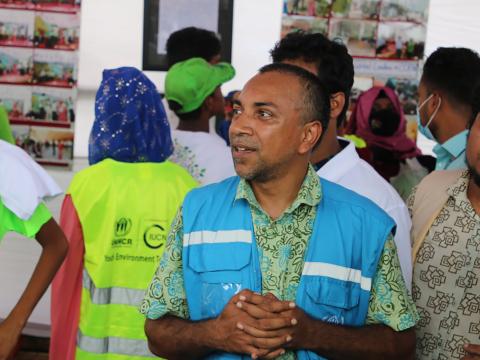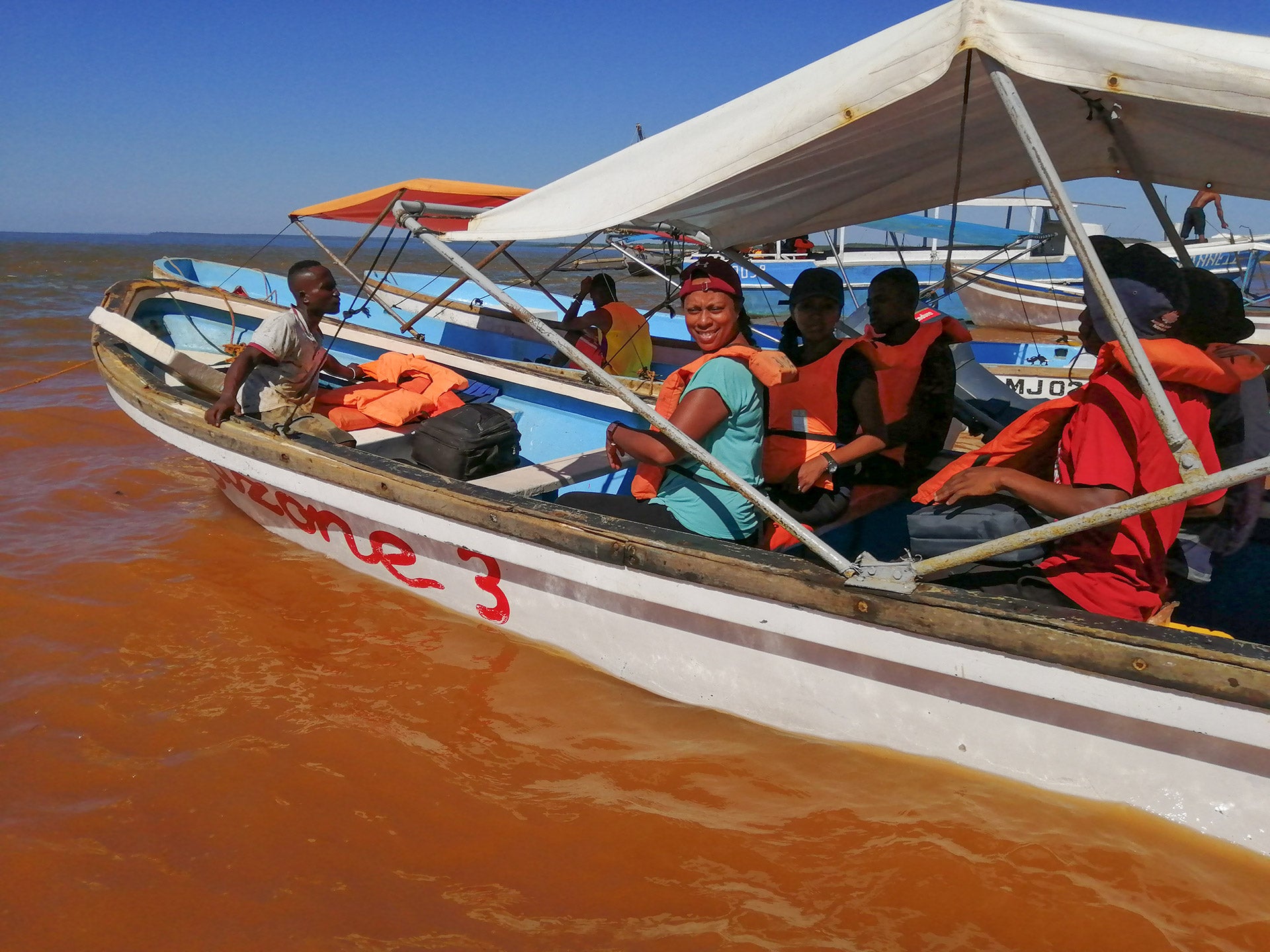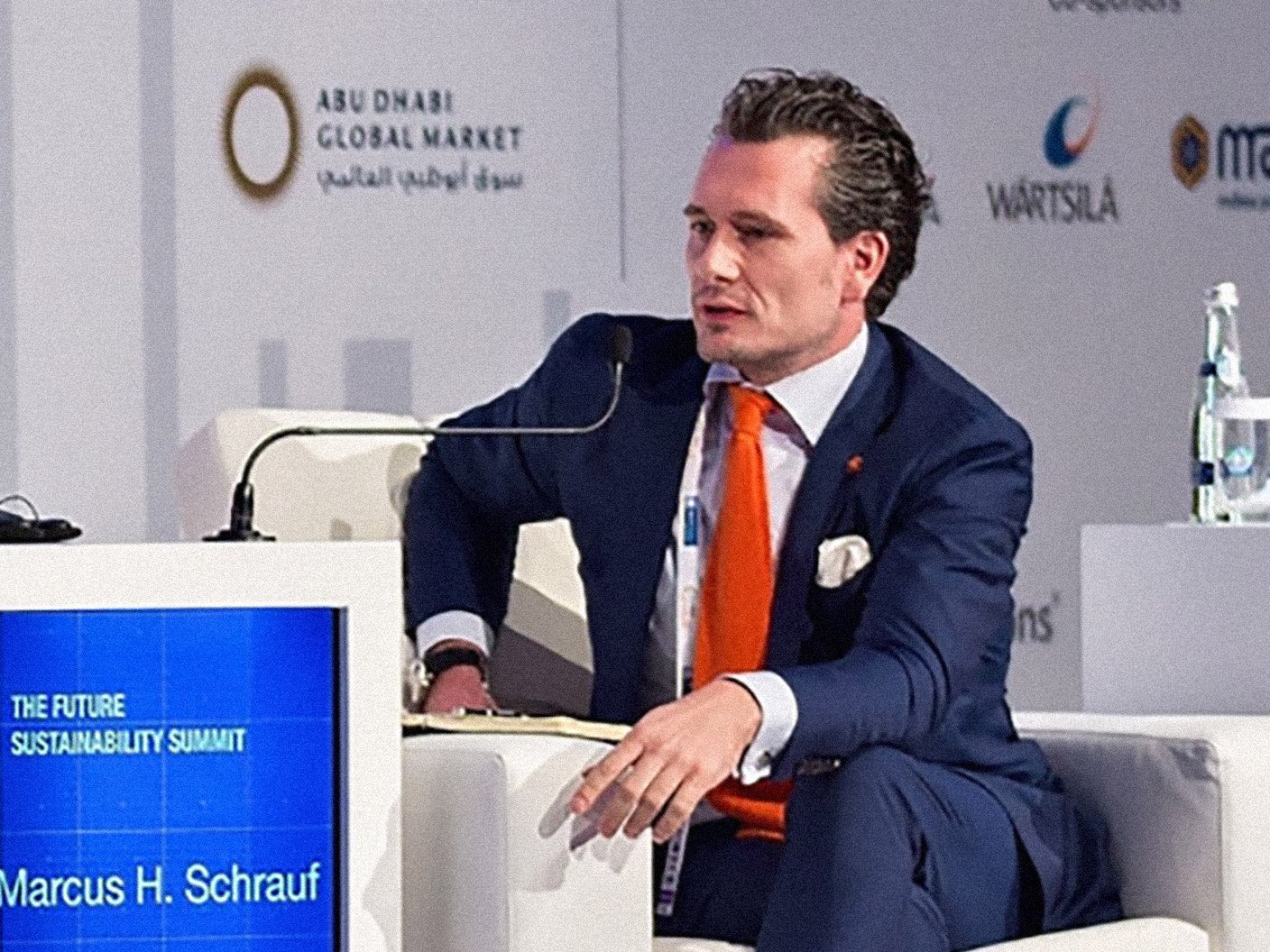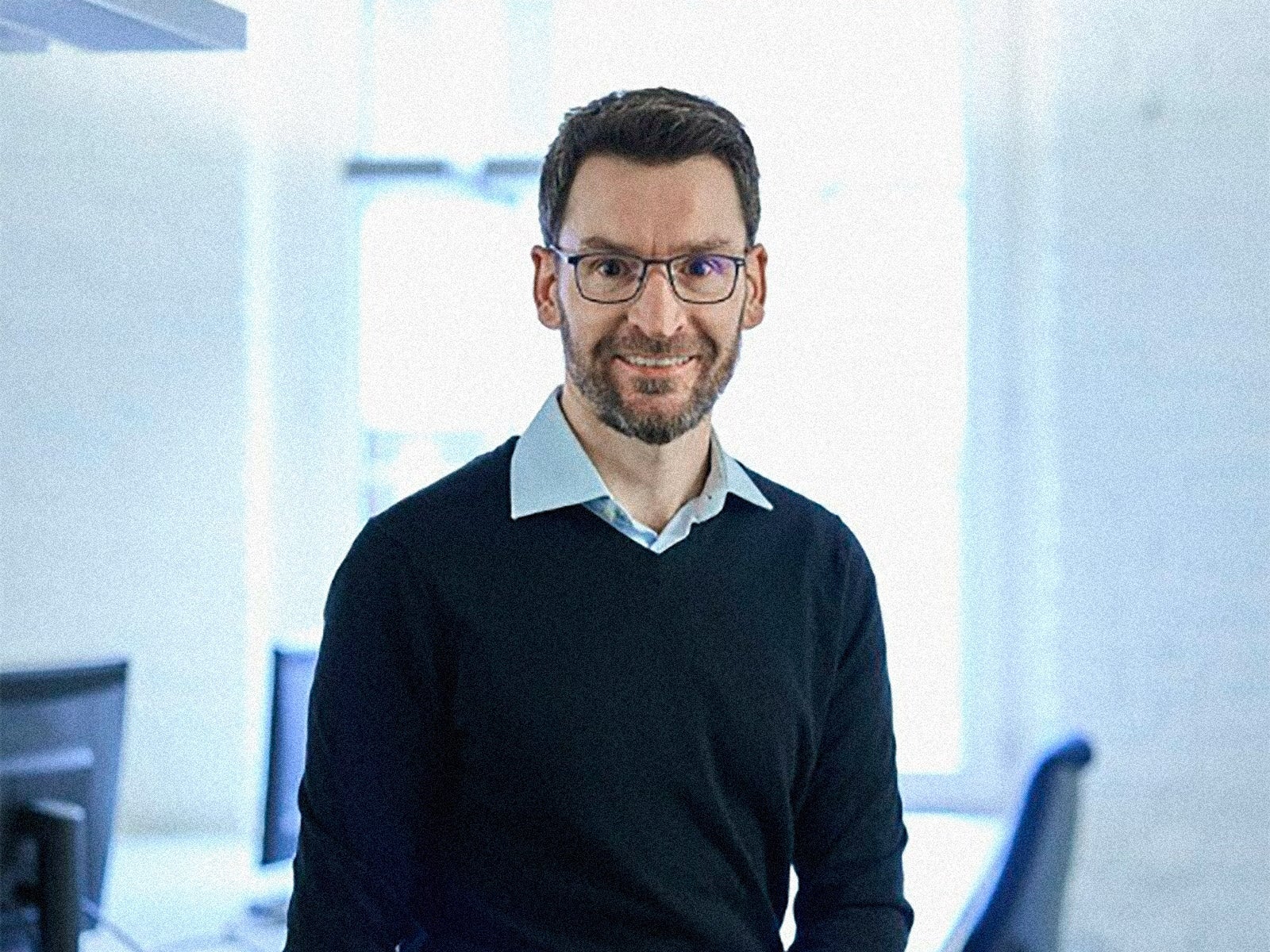Country:
Bangladesh
Organization:
U.N. Refugee Agency
Cox’s Bazar in Bangladesh is one of the world’s natural wonders, home to what is considered the longest uninterrupted ocean beach in the world. In recent years, however, Cox’s Bazar has become equally well-known for the influx of nearly one million Rohingya refugees from neighboring Myanmar.
Beyond the inherent human rights concerns of a massive refugee camp, environmental issues have also arisen. Thousands of acres of forest were destroyed as refugees looked for a place to live, building materials, and firewood for cooking. Their temporary shelters also altered the habitat and migration routes of the endangered Asian elephant.
Md. Ehsanul Hoque, an environmental officer with the U.N. Refugee Agency (UNHCR), has worked tirelessly to promote environmental protection in the refugee camps, focusing on improving livelihoods, natural resource management, and disaster risk reduction. In 2019, Hoque enrolled in the ELTI’s Tropical Forest Landscapes online certificate program with the goal of understanding regeneration potential, restoration approaches, and stakeholder engagement.
“The online certificate program provided a step-by-step approach and processes that helped me to understand the problem from the perspective of a ‘socio-ecological system,’” Hoque says. “The program also helped me develop indicators to measure progress and communicate how stakeholder needs were being met.”
Results from these new interventions have been overwhelmingly positive, he says. As of July 2021, vegetation on 1,100 acres of degraded land had been restored and soil conditions had improved. The demand for firewood was reduced by as much as 80% by providing alternative fuel sources. The operation has been so successful that the UNHCR has tabbed Bangladesh Refugee Operation as a model for climate action for other operations in Asia and the Pacific to follow.





